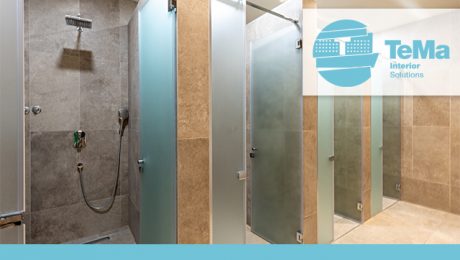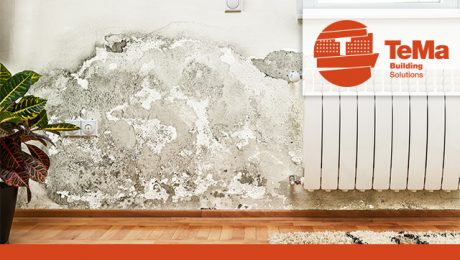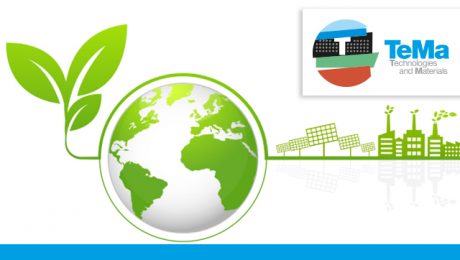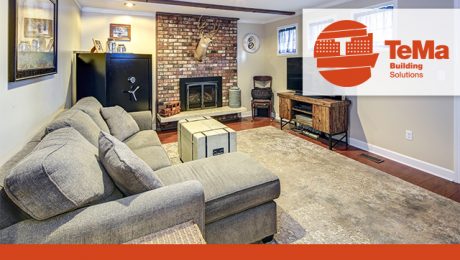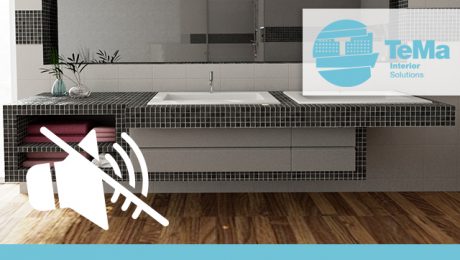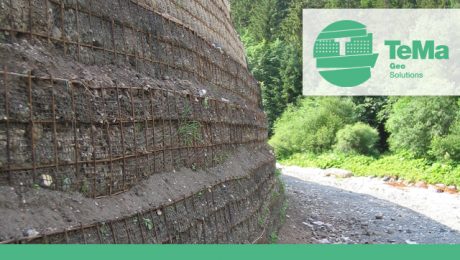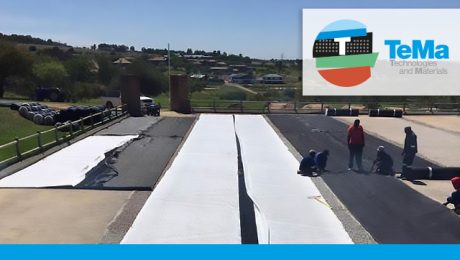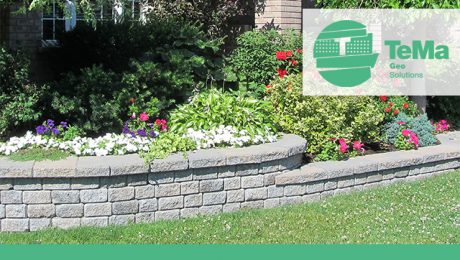The solution to humidity in swimming pool shower rooms
Don’t smile at the obvious: a swimming pool is one of the most humid environments you can find, especially the changing rooms, where there are shower rooms and often inadequate aeration.
Vapour, water drops on the walls and permanently wet floors are the problems we find, but the unknown arises when humidity also penetrates the walls. And that’s when invisible damage starts to affect the structure.
Clearly, the most obvious consequence of humidity is the appearance of stains and moulds which, as we all know, are not healthy for people or for the structure, but fortunately they are a clear sign that something is wrong.
When swimming pools are open to the public, and therefore very busy, all designers know that it’s important to prevent any signs of deterioration in the toilet and shower area. Basically, this is the area where user’s sensitivities are aroused, and so it’s important to look for the most suitable materials and finishes, using hardwearing elements capable of resisting over time. In addition, the products used must be completely waterproof and resistant to humid environments.
If not properly considered right from the design stage, there’s a real risk of encountering problems with damp, tiles coming off and walls that flake off very quickly.
Moreover, the problem is worsened by the temperature difference between inside and outside during the coldest periods.
The solution from TeMa Interior Solutions
We are specialised in damp-proofing and waterproofing at large construction sites, and now also in interior solutions. We have therefore developed the right product to be vapour- and water-resistant. For example, Water Panel, the XPS (extruded expanded polystyrene) panel bonded with waterproof facers on both sides, to which cement-based glue can be directly applied for laying tiles or other claddings that design now has to offer.
The advantage of this product is that it’s ready to use, i.e. quick and easy to assemble while ensuring maximum performance and customisation. Being lightweight is a huge advantage on-site, as well as the fact that it can be cut without creating dust. In addition, it’s ideal for a variety of applications, as it’s available in a wide range of thicknesses from 6 mm to 50 mm.
Available accessories include:
- an adhesive for fixing;
- T-Corner I/E for waterproofing corners;
- T-Bandel for joining panels;
- T-Fix for applying to gaps between panels;
- T-Wall Collar for waterproofing the outlet areas of installations.
- Published in Baths and showers rooms, INTERIOR, Waterproofing with panels
“A wet February, a good year”, as the saying goes. But not for walls!
Many factors can influence the presence of damp stains on the walls of your home. It isn’t pleasant to find that your walls are damaged low down and you need to do something about it. However, there are ways to prevent the problem directly.
Let’s take a closer look at the causes of damp walls and the best way to deal with it.
What causes damp in interior walls?
The main causes are:
- A burst pipe: as damaging as it is unpredictable, it leads to water leakage that very quickly makes the consequences apparent.
- The absence of waterproofing: walls in contact with the ground are exposed to rising damp from the ground. During the construction stage, it’s therefore necessary to waterproof the building, giving special attention to ground floors and basements, especially in the case of country cottages and villas.
- Damage to the waterproofing layer: as previously mentioned, it’s good to waterproof, but it’s also necessary to apply a protective layer that can withstand heavy loads and hydrostatic thrust from the ground. Only then will the waterproofing last intact.
- Inadequate ventilation of rooms: air saturated with moisture creates no less damage than the factors described above. If a wall is cold and the interior of a room is warm, water vapour turns to condensation. It is therefore advisable to provide adequate ventilation of rooms.
What are the consequences?
First of all, there is efflorescence, i.e. the solidification of salts in water, which appears as white spots. This is followed by swelling and flaking of the plaster.
Lastly, mould stains may appear.
This affects the aesthetic appeal of rooms, but even more so their liveability: unhealthy and potentially harmful mould and damp can cause much damage to human health if not quickly removed.
What NOT to do?
Unfortunately, mould and damp appear and we can try to contain (cover) the damage.
It’s a good idea to consult a specialist to find out the extent of the problem and possibly find a tailor-made solution.
But it’s certainly not a solution to try and cover up the damage, like sweeping the dust under the carpet: the problem remains. What’s more, there’s the risk of it recurring and getting worse because insulating paints and tiles prevent it from drying out.
How to prevent it: recommendations from TeMa Building Solutions
Prevention is always the best approach in this case: by providing appropriate waterproofing, drainage solutions and mechanical protection of the waterproofing from the outset, you can avoid the costs and difficulties that would arise once the damage has been done.
TeMa Building Solutions therefore recommends itsT-Kone Plaster studded membrane and its accessories.
The studs create an air gap of 8 mm that ensures constant air circulation and, thanks to the profile at the base, eliminates excess moisture. It needs to be applied with the nails provided after cleaning and levelling the surface, thereby providing perfect adhesion for plaster.
Go to the specific page to learn more.
- Published in BUILDING, Thermal insulation and ventilation systems
Why don’t puddles form on soccer fields?
Let’s take a step back: nowadays, synthetic turf fields are the most cost-effective solution for football clubs, for both the first team and the youth sector. So, the construction of a synthetic system is an opportunity not to be missed. It is therefore important to construct a synthetic field that is ideal for the type of use and level of play.
TeMa staff can assist in the construction – especially in the design phase – to define the characteristics of the synthetic turf field. We are very familiar with the different layers it is made of (sub-base, turf and sand, rubber or natural infill) and its various features recommended by experience depending on different climatic conditions. The initial step is also important for determining the procedure that any club – in almost all cases through the municipality, the owner – needs to follow in order to construct the most suitable synthetic field in terms of type and frequency of use.
The secret is…
…drainage. Having a quality sub-base is even more important than the surface turf. This is where the experience of TeMa steps in with the company’s drainage solutions, developed on 4 continents. They guarantee the timely disposal of water in the quickest possible time and the use of the field even in severe weather conditions.
Drainage of a synthetic turf field
On synthetic turf fields water drainage is horizontal: after stabilising and levelling the surface, an impermeable membrane is applied that prevents liquids from penetrating into the ground below, conveying them to the channels on the long sides of the field.
This prevents water from stagnating on the surface of the field, avoiding puddles and the removal of surface material.
Natural or synthetic turf for the field?
A natural grass surface requires more maintenance and higher costs: it needs to be cut at regular intervals, treated, fertilised and watered. Moreover, weather conditions may affect the use of the field.
By contrast, synthetic turf is more resistant to weather conditions. It can also be used intensively all the time, regardless of the season and requires much less maintenance: it only needs to be “combed” regularly to revitalise the turf.
In addition to the (much) shorter construction time, a factor that tends to make synthetic turf preferable to natural turf is its permeable capacity: the control over water filtration is clearly superior and the sub-base is designed to drain excess water during heavy rainfall and/or store it. This makes it easier to maintain favourable conditions for both the game and the durability of the field, while also protecting the health of the players.
What makes the field so even and linear?
Drainage geocomposites provide maximum performance.
Q-Drain ZW8 Football consists of a monofilament core bonded with two non-woven fabrics, to which a PE membrane can be added if required.
Q-Drain ZW8 WP Football, ideal for horizontal drainage applications, consists of a monofilament core bonded with a non-woven fabric and a waterproofing film.
To support these products, we recommend T-Kanal Football, a cement channel for perimeter drainage that contains a special drainage membrane. The system is made complete with a grid, fixings and T-Tape, for joining the rolls during installation.
- Published in GEO, Synthetic turf soccer fields - Accessories
Our approach to green energy
International Energy Saving Day is drawing near and we, being keen to respect the environment by integrating with it rather than forcing it, feel personally involved.
We are experiencing a period in which the issue of energy sources has escalated on a global scale, challenging the plans and forecasts of organisations.
Events have led to a pressing need to ensure that this particularly heartfelt situation, occurring in February 2022, is high on the agenda not only for governments but also for all businesses and families. So, we want to dedicate a few lines to it.
The ‘value’ of energy saving
Everyone knows that by ‘saving energy’ they can reduce energy consumption through all their actions and habits. By re-assessing their production and logistical processes and implementing appropriate technologies, businesses can strive to achieve minimum waste. In doing so, everyone can play their part to protect the planet, which is already somewhat damaged by the serious problems caused by climate change.
Small everyday gestures trigger cultural processes that lead to actions on a larger scale, as in the case of companies. Not out of obligation, but because it starts to be worthwhile… And it’s a real value.
How to pursue the value of sustainability
As previously mentioned, the first step must be taken by those who succeed in changing their habits and choices in order to contribute to this sustainable model, so that everyone can effectively influence decision-makers.
Nowadays, being sustainable means not wasting, not consuming energy unnecessarily by adopting methods and systems that enhance this commitment to sustainability.
Today, TeMa is acknowledged globally for having introduced, since starting out 30 years ago, geomats, geonets, geomembranes and ultra-technological products to retain and protect the soil, reinforcing it and restoring its retention power. Part of the materials used to make them comes from recycled plastic. This process takes place at two of the company’s own recovery plants in Europe. In the most vulnerable environmental situations, TeMa has now put in place biomats and bionets that help the revegetation of areas in the most natural way.
Needless to say, sustainability must be developed by using renewable energy sources that do not pollute the environment.
About 50% of the energy we use in our production processes comes from renewable sources: the IWIS Group, our partner, has three photovoltaic plants: 200 kWp, 150 kWp and 100 kWp.
It is also equipped with a co-generator that can produce an additional 800 kWp. This plant uses the heat naturally discharged by the plants to increase the efficiency of electricity production. The aim is to reduce the Carbon Footprintand CO2emissions.
TeMa Technologies and Materials was founded thirty years ago with a focus on sustainability and research. We will continue at this pace, always improving. After all, it’s our job to find solutions.
- Published in CORPORATION, Research and development, TeMa Technologies and Materials
Can’t go up? Let’s make space below!
Nowadays, certain solutions allow you to create perfectly liveable and comfortable basements.
Of course, existing little-used basements can also be renovated, but you need to take some constructive measures to ensure that the building is in good condition and the environment is healthy.
So let’s see what we need to focus on.
Damp and moisture seepage
Basements are in direct contact with the ground, both the floor and the vertical walls.
Rainwater or ground moisture can penetrate concrete, leading to marks and mould that may cause the wall to peel. The aesthetic damage is as serious as the structural damage: mould is anything but healthy!
It therefore becomes necessary to provide a separation barrier between the structure and the ground that performs the function of damp-proofing, i.e. controlling moisture in the absence of hydrostatic pressure (click here to read more).
TeMa Building Solutions suggests T-Bentostop, in the F and F XL versions, a geocomposite, which attaches to concrete and consists of natural sodium bentonite with a waterproofing function, and T-Kone, the HDPE studded membrane available in several versions.
![]()
Drainage
Groundwater or dispersed water may flow in the ground, even near structures, therefore increasing the load on walls. So, it is essential to drain water and prevent it from entering by reducing the hydrostatic pressure on surfaces: T-Kone G Drain, T-Net Drain studded membranes and the drainage geocomposites in the T-Mix Drain range perform this function while keeping walls dry.
![]()
Mechanical protection of waterproofing
The vertical walls of basement rooms have to withstand heavy loads exerted by the ground. It is therefore essential to provide systems to protect the waterproof layer in order to guarantee the safety and long life of the building.
The T-Kone, T-Kone Star and TMD (also in the Plus version) range are studded membranes specifically designed for foundations and underground structures: their high load-bearing capacity makes them ideal for such applications.
![]()
Aeration
To keep masonry dry and allow constant and substantial air circulation, studded membranes can be installed with the studs facing inwards. In this way, their raised shape creates aeration channels that allow the wall to literally “breathe”.
Ideas for renovating your basement
It has been estimated that the value of your property increases by about a third if you have a well-planned basement. An extra room is always very useful and its intended use may vary greatly.
You can opt for a studio for working from home, a spacious laundry room for hanging up your washing, a playroom for your children, a relaxation area, a rehearsal room for talented home musicians, or even a free space for hosting friends, a wine cellar for preserving the best bottles with a tasting area, a gym or a personal home cinema.
- Published in BUILDING, Drainage geocomposites, Foundation and underground structures, Foundation and underground structures - Damp proofing systems, Foundation and underground structures - Drainage systems, Foundation and underground structures - Systems for mechanical protection, Foundation and underground structures - Systems for Waterproofing, Studded membranes and accessories
Soundproofing the bathroom: Why not?
Having a shower in the middle of the night or at the crack of dawn, flushing the toilet, walking heavily barefoot, dropping bottles, a washing machine spinning, water draining or a jacuzzi in operation. All such activities often take place at times when your neighbours may not want to hear you.
Nothing illegal, but it’s most likely to be very annoying for any neighbours who are sleeping.
Don’t be surprised, there’s a solution to this too: install noise-reducing products in the bathroom.
Where does noise come from?
We are used to thinking that noise is transmitted through the air, but sometimes we forget that walls and pipes also transmit vibrations.
In blocks of flats this is even more amplified, as flats are generally designed in a similar way and systems run in sections between floors: this carries much more noise and rumblings.
Our solution
First and foremost, the ideal solution is to carry out a sound test in order to find out what noise is in that room and design a customised soundproofing system.
Environmental comfort can be taken care of by T-Silence dB21, the panel comprising an internal polymer core bonded with special fabrics on both sides, which reduces noise by 21 dB in a thickness of just 7.5 mm.
T-Silence dB21 is particularly suitable for renovations, as it can be dry-installed without having to a make a new screed (thus saving time, since long drying periods are not required). Furthermore, if not irreparably uneven, the old floor need not be demolished, as T-Silence can be installed over it. It can then be directly cladded with ceramic tile or wooden flooring, or a floating floor system can be installed. If, instead, you decide to remove the existing floor because it’s uneven and then lay T-Silence over the screed, as it is reduced in thickness, it isn’t necessary to intervene on the thresholds between one room and another, as no difference in level will occur.
Beware of acoustic bridges
An acoustic bridge is a critical issue that risks undermining all insulation work. It basically transmits noise and vibration. To prevent this, the joints between T-Silence dB21 panels need to be covered with dB-Strip, the paper adhesive tape impregnated with hot melt adhesive, and dB-Band, the self-adhesive band for perimeter insulation in contact with vertical walls.
Advantages
Insulating the bathroom brings the advantage of enhancing rest and therefore personal well-being.
Moreover, as it is relatively uncommon, it adds value to your property.
- Published in news
The importance of geogrids in reinforced earth structures
In recent years, reinforced earth structures have been particularly popular in projects due to their excellent functional and aesthetic importance in the residential building and public building industries.
Such intervention works achieve the best results by allowing the soil and geosynthetics to “work in synergy”, each one with its own features of ensuring the stability of the work as a whole.
It’s easy to see the high environmental value of such solutions, but let’s take a closer look at the two major factors in reinforced soil works. In this way, we can understand how and why, working together, they lead to amazing results, also in aesthetic terms.
What are reinforced earth structures?
They are structural intervention works in various gradients and dimensions aimed at retention and/or stabilisation. We can identify a few main areas of application:
- Road and railway embankments.
- Restoration and consolidation of collapsed soil on a road.
- Construction of ramps for ascending and descending flyovers.
- Canal or river bank elevations.
- Rockfall barriers.
- Noise barriers along roads or railways.
- Widening of elevated car parks.
- Construction of terracing systems in vineyards.
- Soil consolidation at tunnel entrances.
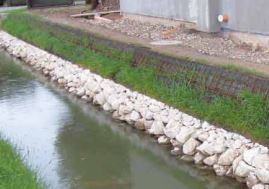
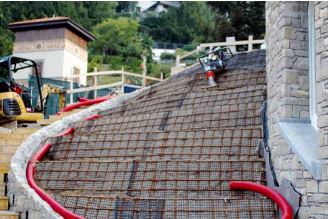
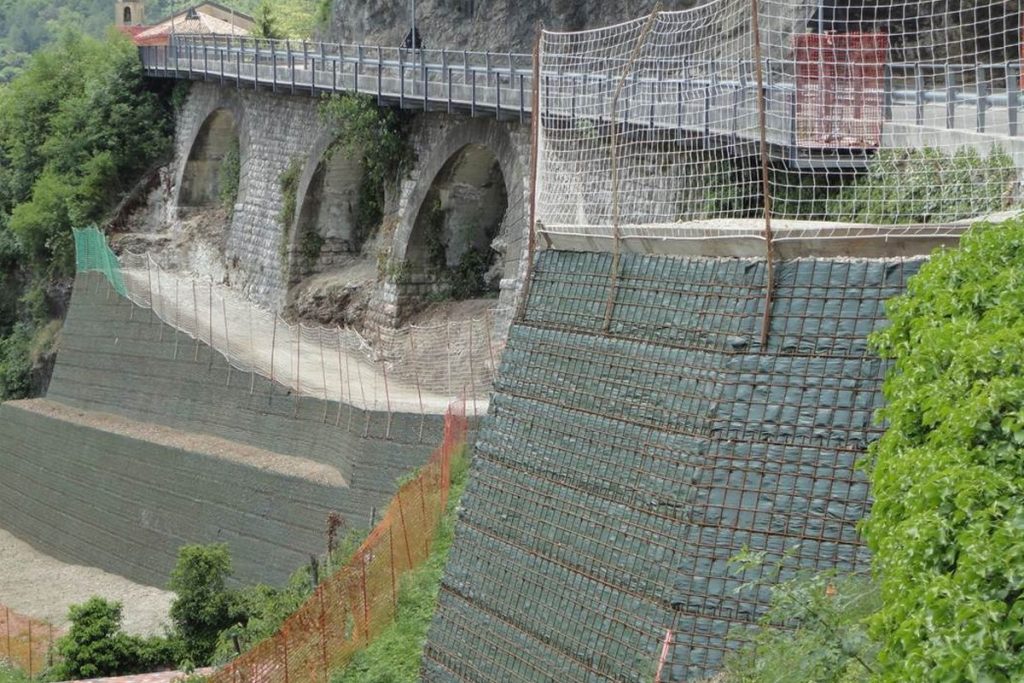
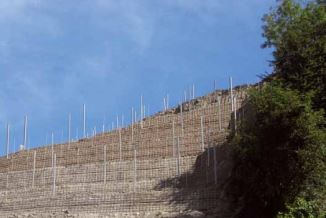
What are geogrids and why are they often the best solution?
Soil has the intrinsic features of friction and compressive strength, but practically no tensile strength. This is not enough to ensure the stability of a structure.
Major slopes, weather conditions, proximity to embankments, etc. can erode soil, causing landslides and subsidence. For reinforced earth structures, it’s therefore necessary to use geogrids, two-dimensional structures horizontally inserted into soil, which integrate with it without deforming. Their open-mesh structure develops “passive” resistance, thereby increasing the stabilising effect.
This bonding exploits the abilities of the two construction elements, making the entire structure more efficient.
Naturally, the feasibility of retaining works needs to consider:
- the intrinsic characteristics of the soil, such as grain size, the degree of thickening and shear strength, as well as the dilatancy phenomenon;
- the characteristics of the geogrids, such as tensile strength and stiffness, the use of raw materials (polymers) that can also withstand harsh chemical and physical conditions (attacks by chemical agents, soil pH, etc.), and the appropriate geometric structure.
Greening
Eventually, grass will grow and none of the intervention work will be visible: a really attractive and natural reinforced structure. In addition to its aesthetic function, greening also plays an important role in helping the natural friction of soil.
Find out more about our products here.
The roof: problems to be tackled and solutions to be adopted
“A hole in the roof is enough to ruin a home.”
So the (Italian) saying goes. Of course, there may not be any holes in the roof in the strict sense of the word, but, unfortunately, in a broad sense there might be. Roofs are subject to problems such as water seepage, damp and, in the case of trafficable flat roofs or car park roofs, heavy loads.
The roof is the part of a building directly exposed to weather conditions, such as rain, snow and hail, but also to heavy loads. It’s the least visible part of the house and the most difficult to inspect. When building a roof, it’s therefore essential to consider factors that might affect its integrity and safety, as well as harm the health of occupants.
Water seepage leads to damp and peeling walls. Dampness means mould and unhealthy attic environments.
So, let’s take a look at the main problems and see what solutions can be found.
Water seepage
Ponding on a roof will wet and ruin the materials used. It’s therefore necessary to install a drainage system for rainwater or, in the case of trafficable flat roofs, for accidental leaks of oil or fuel from vehicles. This applies to green roofs, trafficable flat roofs and ballasted flat roofs.
Solutions need to be found that don’t increase the “load” on the roof.
Solutions
TeMa Building Solutions recommends installing its drainage geocomposite , T-Mix Drain Plus and TMD 1011, ideal for trafficable flat roofs and flat green roofs; its T-Kone G Drain studded membrane, suitable for ballasted flat roofs and flat green roofs; or T-Net Drain geonet for trafficable flat roofs.
Vapour control
It’s also necessary to focus on vapour control. Due to temperature differences between the air and the roof material, there’s a risk of condensation forming. To prevent this, highly waterproof vapour diffusion membranes need to be laid.
Solutions
The membranes in the T-Vapo range act as a barrier, retarder and vapour diffuser for pitched roofs.
Mechanical protection of waterproofing
The first step is to ensure that the waterproofing layer is intact and remains that way. Any cracks, cuts or inaccurate application in corners can cause irreparable damage to the underlying surface, requiring major intervention and considerable costs. By the time damp patches appear, the damage is often already severe.
Moreover, in the case of roofs used as parking areas or flat green roofs, the heavy weight that the materials need to withstand must be considered.
Solutions
TeMa Building Solutions proposes its T-Kone G Drain studded membrane and the Tematex range of geotextiles for flat green roofs.
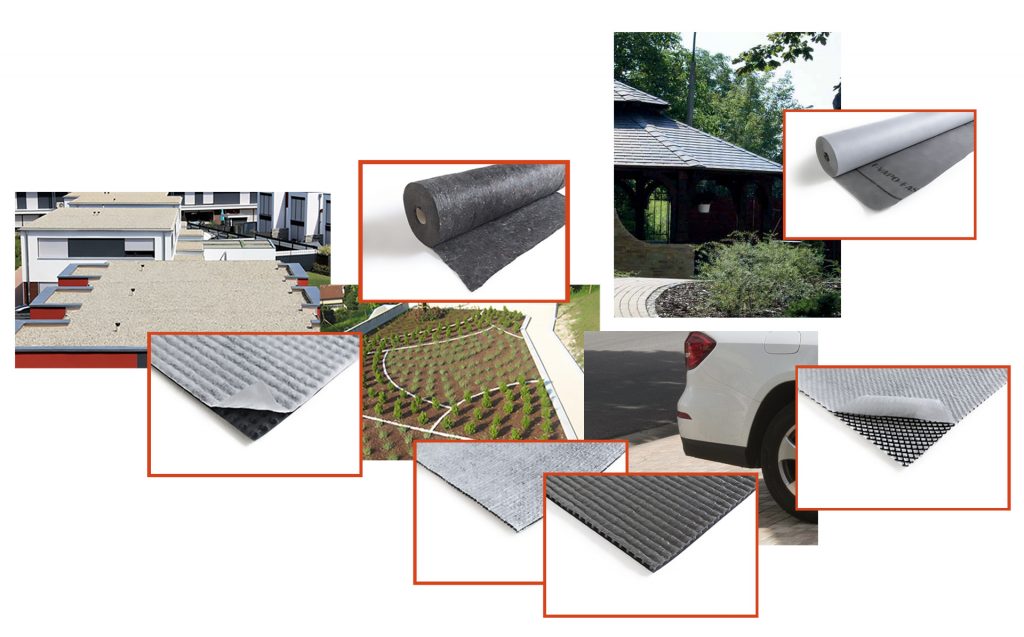
- Published in BUILDING, Drainage geocomposites, Studded membranes and accessories
Experts in finding solutions: a case study
The galloping of horses, the demolishing power of hooves and a high-performance solution. In short, one of our intervention works in Kyalami, Johannesburg, South Africa (2019). This is an equestrian arena where a new moisture management and drainage system had to be designed while ensuring the durability of the work and the well-being of the horses and their hocks.
Horse racing arenas, highly exposed to weather conditions that vary with the seasons and to various training and racing activities that wear out the ground, therefore require constant maintenance. In the past, stone-aggregate layers were used for drainage, which drained rainwater (although not quickly), but had limited resistance to the continuous impact of horse hooves. In order to make the ground more resistant, it was pressed with great force, however, this had a negative effect on the safety of horses. An alternative solution was to preserve the race course as far as possible by reducing its use, i.e. not using it for training but only for competitions.
The solution based on TeMa’s decades of experience in constructing synthetic football pitches allows the construction of race courses for competitions and riding schools that use geosynthetic products. These products improve functionality, reduce intervention times and subsequent maintenance costs, also on a large scale (in our case, the surface area to be covered was 3,000 sq.m).
To find out more, click here.
Innovation in every solution
What do our clients and partners expect? For us to be there when they need us! We have therefore set up an extensive sales network in 80 countries. We rely on trained professionals who interact and meet the needs of very different markets.
We have developed three divisions in specialised areas: residential/commercial works, environmental works and indoor living comfort works. Consequently, the training and updating of our collaborators are the mainstays of our competitive advantage, as are the contributions of Universities and Research Institutes in our R&D area. Innovations arise from focusing on and listening to our clients, who primarily demand interesting and beneficial solutions.
In 2023, our company will be 30 years old, and for almost 30 years we have been harmonising our various sectors and offices to find the perfect balance. Along the way, we could not have imagined what has happened in the last 20 months. The Covid pandemic has upset the strategic balance of supply chains. So, in a world that is speeding up again, we believe that our three-division organisational set-up has helped us to truly meet the specific needs of our clients. Recruiting young people has also raised the potential for an unconventional and truly innovative outlook.
We are known as TeMa, the corporation that meets the needs of clients by operating with the precise intention of not only supplying products but also promptly finding systems and solutions that can solve any problem. This might sound like an easy advertising claim were it not for the fact that this statement encompasses other facets of the “solution maker”, which we intend to be. It is not only a matter of finding answers to problems but also solutions that are less expensive, have less impact on the environment, are quicker to apply, easier, safer and improve durability. And so on.
Such competitiveness matters to designers, builders, installers and distributors in their civil and geotechnical engineering, landscaping, erosion control, transport and soil retention projects with a low environmental impact. For them, we offer high performance to suit all situations, and we do this because we believe in protecting the environment.
- Published in CORPORATION, news, TeMa Technologies and Materials
Embankments in home gardens: small colourful islands
Made of masonry alone, embellished with different types and colours of plants and flowers, and of varying heights, embankments are often part of public buildings in parks and squares, but also a distinctive feature of private gardens. In the urban construction context, embankments can be borders for roadside verges, steps and flowerbeds, reaching a relatively low height, almost always less than 1 metre.
The provide a very attractive and organised visual effect and can be customised with the colours and types of plants you prefer. However, in order to achieve adequate stability for such intervention work, regulations require certain specifications to bear in mind for their construction.
A short and simple recap: let’s start by understanding what they are and how they are built.
What are embankments?
Embankments are accumulations of earth that form more or less evident differences in the level of the ground and can be natural or artificial. Natural embankments are caused and possibly accentuated by landslides, whereas artificial ones are man-made and consist of an earth fill supported by a wall, often in order to highlight the difference in level.
The risk of landslides
As mounds of earth, especially if they are of a certain height, embankments can be severely tested by atmospheric events, resulting in erosion and runoff due to rainwater.
Various characteristic elements can therefore be recognised:
- drainage and runoff systems in the underlying area where all rainwater accumulates;
- support and reinforcement of slopes, the part most susceptible to erosion;
- substrates and erosion control systems to allow plants to grow in the best conditions by sheltering the topsoil from the effects of the wind, sun and rain until the plants have become strong and well-rooted.
Block retaining walls and reinforcement grids
In order to prevent soil erosion or irrigation, embankments are reinforced with retaining walls in a combination of concrete blocks and geogrids, which meet geotechnical, building and architectural requirements.
TeMa Geo Solutions has the right products to create this type of construction.
For soil reinforcement we suggest X-Grid, reinforcement geogrids, which are knitted uniaxial geogrids made of high tenacity polyester yarns covered with a protective PVC layer.
For retaining walls, the range includes T-Block, a single concrete block for building reinforced walls.
The special feature of this product is the male/female joint, shaped directly on the block. This ensures maximum connection between the blocks, thus avoiding the use of mechanical fasteners, glue or mortar and making the wall stronger and more resistant to damage.
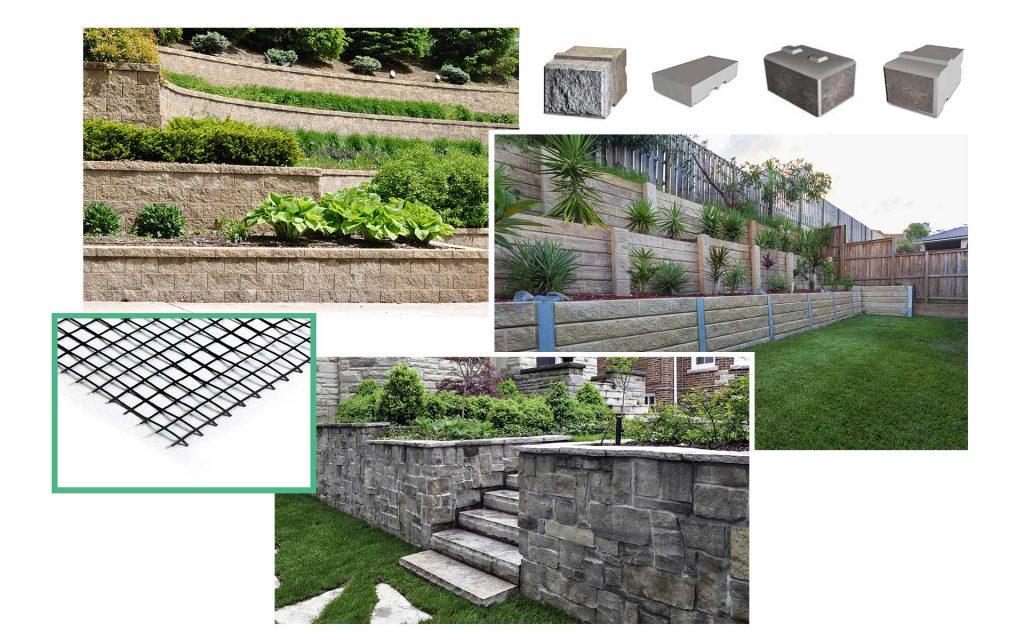
Find here all the specifications of the products mentioned.

